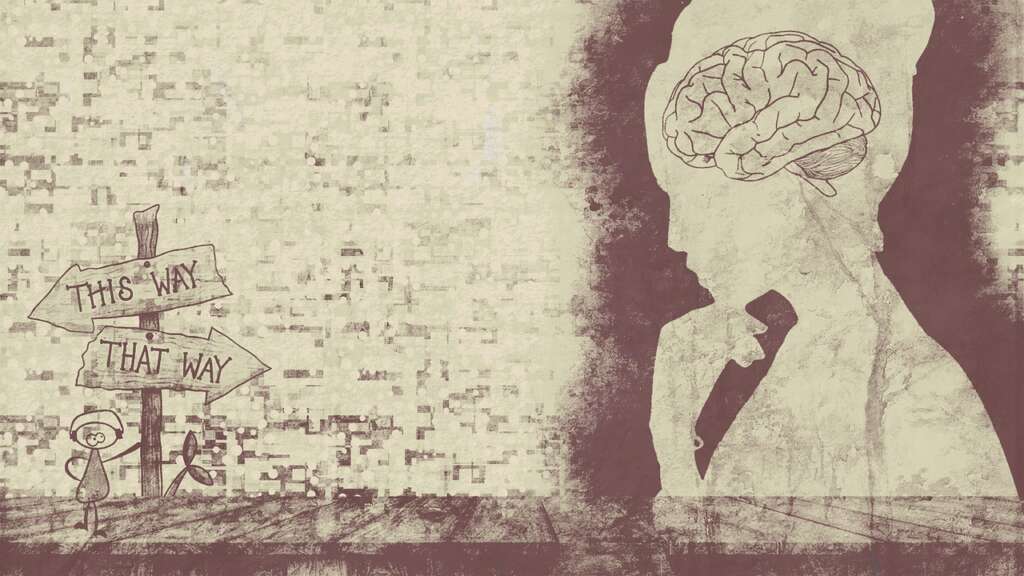Anxiety vs Depression
Anxiety and depression are often characterized by avoidance behavior, however they differ in the way that the decision is achieved. More particularly, in depression there is a tendency to underestimate future rewards, which leads to a weak desire to approach any situations. Anxiety, by contrast, exhibits a strong desire to choose avoidance, because there is excessive expectation of future punishment.
In other words, individuals with anxiety expect that bad things will happen in the future, and as a result they choose to avoid any new situations. Thus, their decision-making process is essentially driven by a pessimistic mode of thinking.
Anatomy of the decision-making process
A more in-depth look at what happens in the brain during decision-making processes shed some light into this phenomenon. Notably, studies point to the anterior cingulate cortex (ACC) as the site of decision-making processes. It is a brain structure that resides within the medial surface of the cerebral hemisphere (i.e., about the middle area of the brain) and is part of the limbic system (i.e., emotional center of the brain), which makes it an interconnected neural element between cognition (i.e., thinking) and emotion. Simply put, the anterior cingulate cortex integrates thoughts and emotions to achieve a decision.
More interestingly, it consists of evenly distributed neurons (i.e., brain cells) that are activated in approach behaviors and others that indicate avoidance; however, research shows that avoidance neurons are disproportionately distributed towards the front part of the ACC (called the pACC), which indicates that this area could be the site of pessimistic biases (or anxiety).
Furthermore, this particular area projects to other brain areas that receive direct inputs from the amygdala, including the striatum, a group of subcortical structures. Activity in these areas is associated with decision-making during anxiety states, which results in non-behavior or more specifically avoidance behavior. Thus, the striatum is involved in the behavioral component of decision-making.
Reference:
Amemori S, Graybiel AM, Amemori KI. Causal Evidence for Induction of Pessimistic Decision-Making in Primates by the Network of Frontal Cortex and Striosomes. Front Neurosci. 2021 Jun 30;15:649167. doi: 10.3389/fnins.2021.649167. PMID: 34276282; PMCID: PMC8277931.

